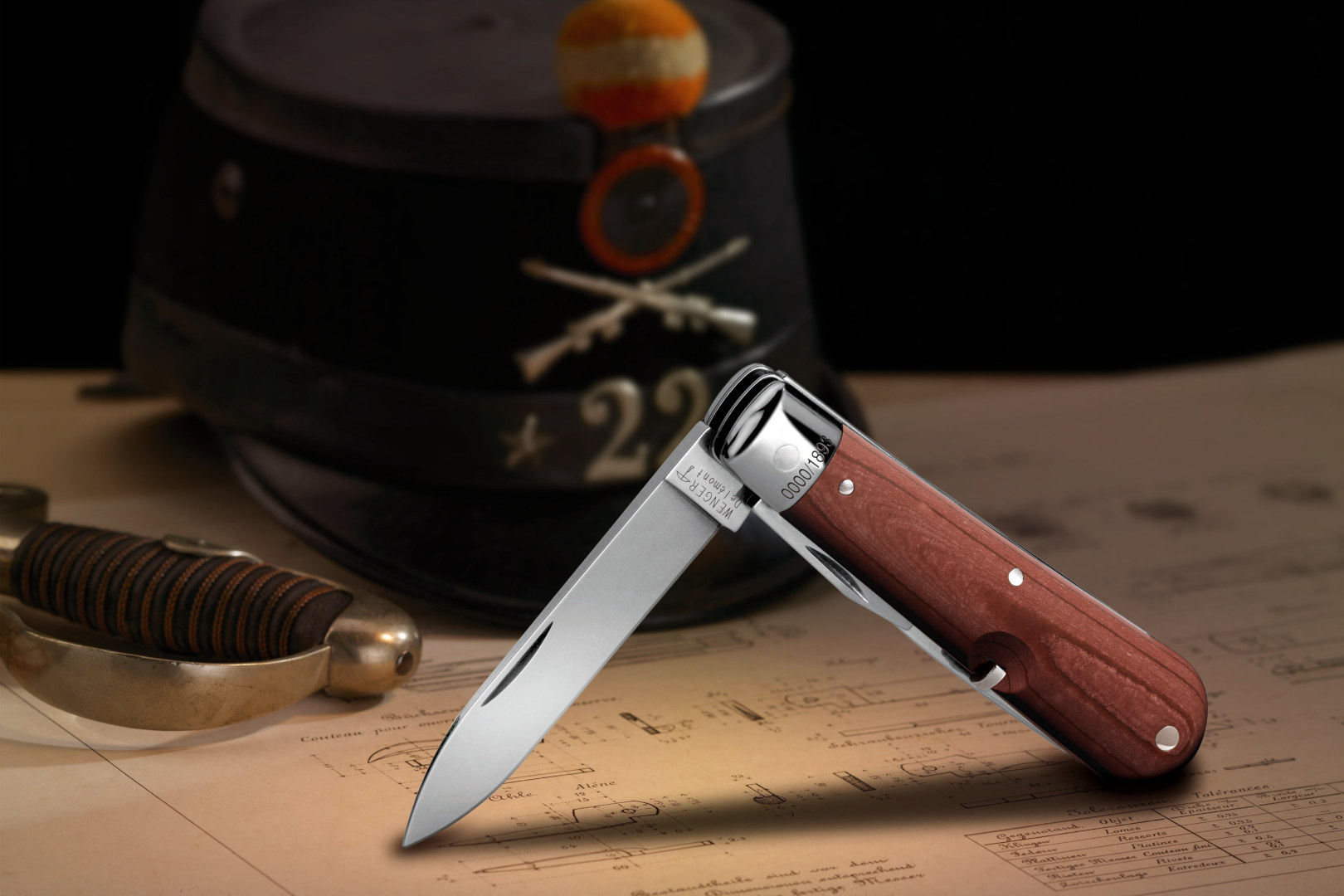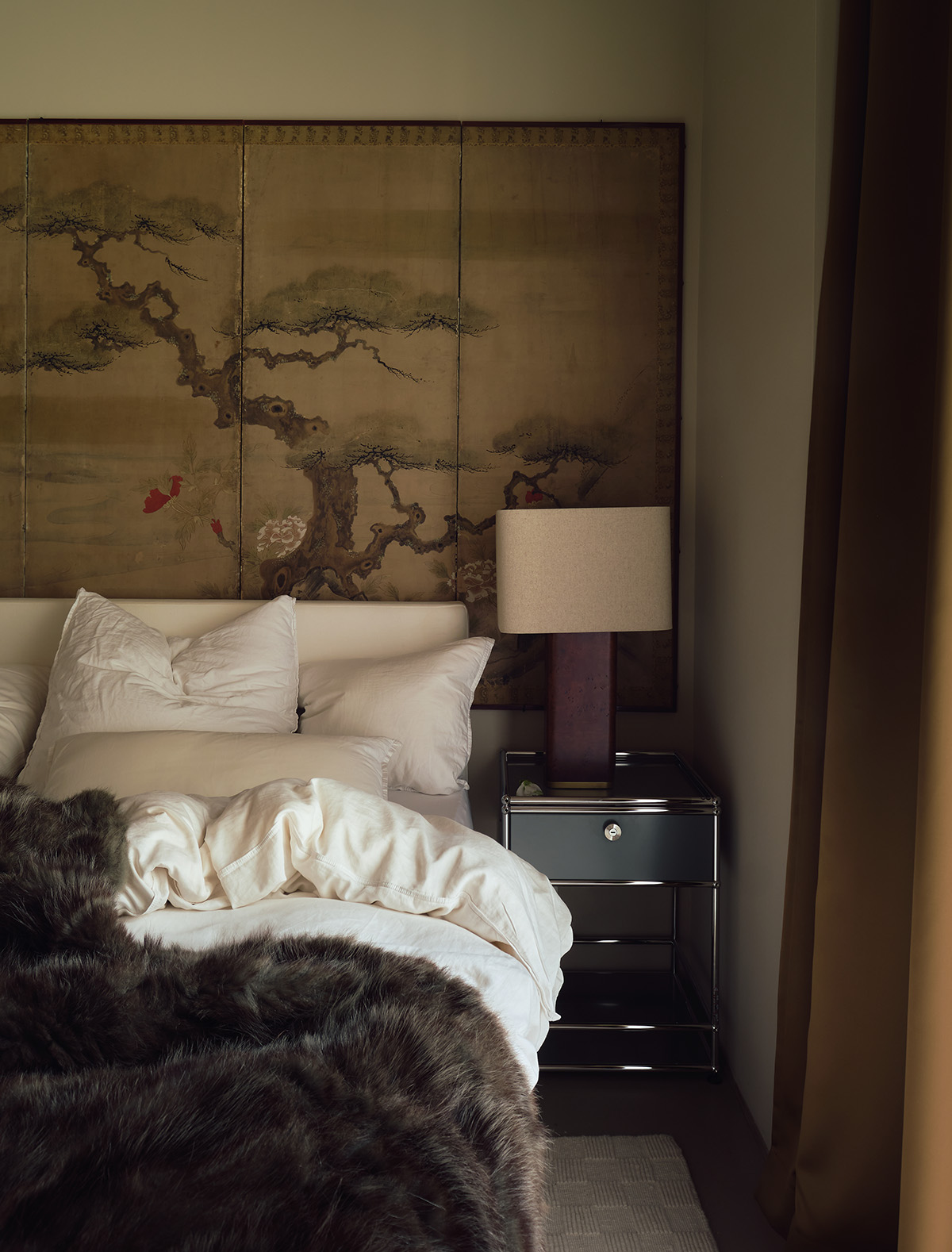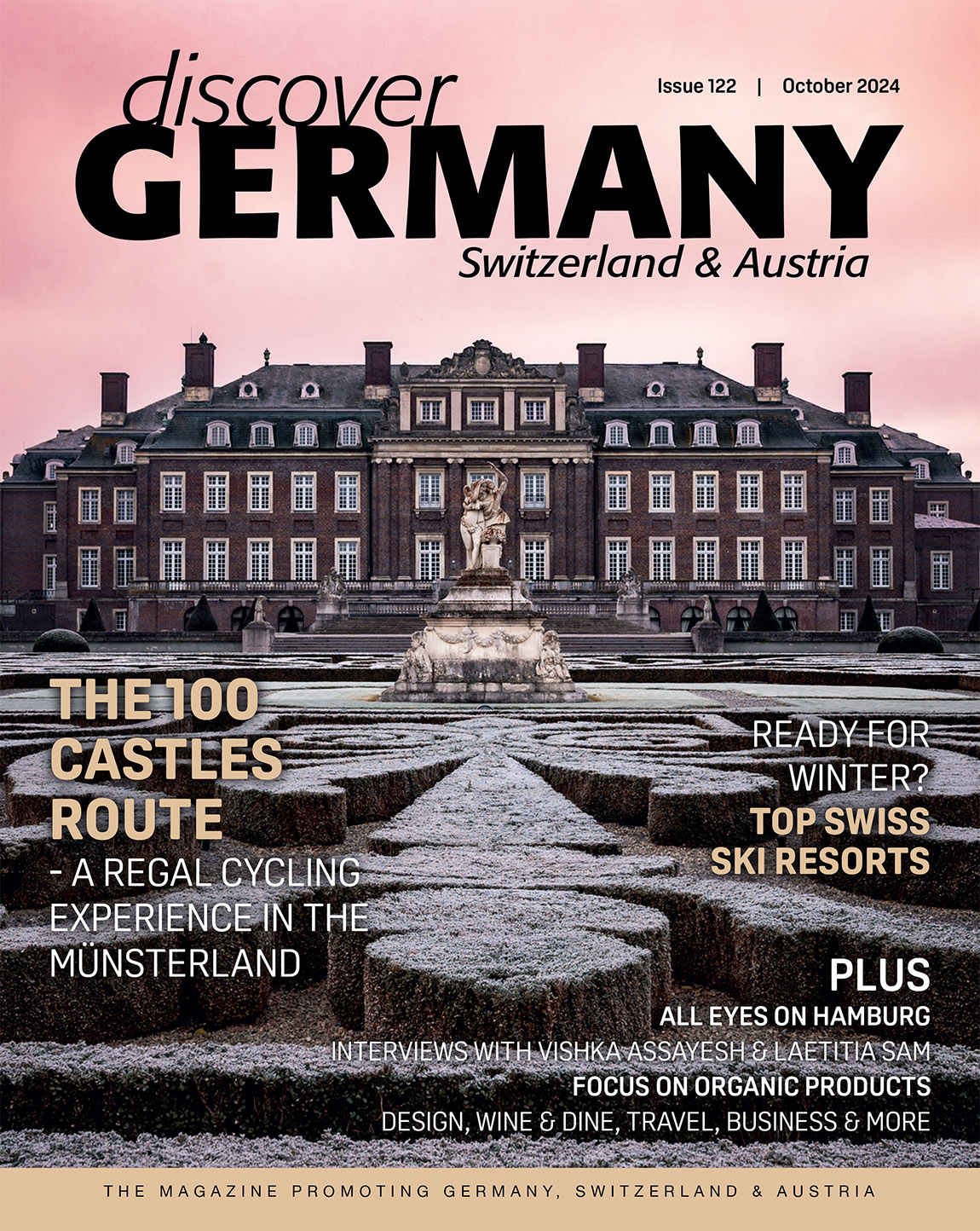Swiss steel

The Swiss Army Knife, that pocket-toolbox, is a global icon, representative of Swiss ingenuity, design and craftsmanship. ‘The Little Red Knife’, of which there are hundreds of designs and millions made and in use, has been on epic journeys to the North Pole, the Amazon, the top of Mount Everest and even into space.
TEXT: ERIC BRIAN | PHOTO © PHOTOPRESS VICTORINOX
Swiss Army Knives have played roles in a seemingly endless variety of adventures, from rescues and other emergencies to repairing broken-down vehicles in remote tracts of desert or tundra.
Karl Elsener
Karl Elsener founded a cutlery workshop in Ibach in 1884 and began producing goods for local consumption. Elsener consulted with the military in 1890 about designing a rugged, compact implement which would fulfil several functions required by soldiers in the field. Within a year, Elsener presented the prototype of the Schweizer Offiziersmesser (Swiss Officer’s Knife).
Besides a blade and screwdriver, this experimental model had a can-opener and a reamer. The scales (handles) were made of oak (subsequently changed to a fibre material). Elsener exceeded the military’s expectations, and in 1891 he began provisioning the army with the knife, known as the Model 1890. The initial batch was manufactured by Wester & Co in Solingen, Germany, but Elsener persevered in labouring to build Swiss production power to rival Germany’s.
Elsener improved the Model 1890 and developed a two-spring design which allowed the fitting of tools to both sides of the knife. The new knife had six tools, but was also lighter than the previous model.
Elsener registered his creation, the Officer’s and Sports Knife, on 12 June 1897. Though the Swiss Army didn’t contract to acquire the 1897 model, Elsener’s design was so well made, that soldiers simply bought the knives themselves.
Elsener’s mother, Victoria, had been supportive of her son’s aspirations, and when she died in 1909, he adopted the brand name ‘Victoria’ for his knives. At this time, Elsener also registered the emblem of a Swiss Cross on a shield, as a trademark.

Left to right: Victorinox’s Swiss Champ displaying its dizzying array of tools. Photo: © Photopress Victorinox | Elsener’s 1897 Officer’s and Sports Knife, the first model to have tools on both sides of the knife. Photo: © Photopress Victorinox
Theo Wenger
Wenger has its origins with the Paul Boéchat & Cie Cutlery Works, established in 1893 at Courtetelle in the Delémont Valley. As they had with Elsener, the Swiss government contracted with Boéchat to manufacture knives for the army. A business group from Delémont took over the company in 1895, renamed it Fabrique Suisse de Coutellerie SA, and built a new plant in Courtetelle.
In 1897 or 1898, the struggling business brought Theo Wenger aboard as a fixer and general manager, a move which retrieved the Courtetelle factory from closure. Fabrique Suisse de Coutellerie then purchased A. Mertens, Schweizer Britanniametallwarenfabrik, a metal-goods maker in Basel.
Wenger’s next step was the construction of a factory in Delémont. The project was approved in 1899, and in 1900, the new works were established. The firm moved its production facilities to Delémont, and before the end of the year, the new factory was up and running.
By 1902, the company, now called Fabrique Suisse de Coutellerie et Services (Schweizer Besteck-Fabrik) S.A, had more than 150 employees. In 1907, Wenger bought the business. This created the limited partnership Wenger et Cie.
Competition and contract
Elsener and Wenger were now in opposition, both supplying knives to the Swiss Army. In the spirit of Swiss impartiality and neutrality, the government formed a plan which would be fair to each maker, and beneficial to the economies of the Schwyz and Jura cantons: in 1908, the government split the Swiss Army Knife contract down the middle between Wenger and Victorinox.
Karl Elsener died in 1918, and his son Carl took over. In 1921, Elsener began producing the first stainless steel knives. He adopted the brand name Victorinox through a combination derived from ‘Victoria’ and ‘inox’, the latter an abbreviation for the term acier inoxydable (stainless steel). Evolving almost in parallel, in 1922, Wenger established Wenger Co. S.A. Though Theo Wenger fell ill in 1925 and passed away in 1928, the company forged ahead.

The premises of the 1884 Elsener cutlery workshop, Ibach. Photo: © Photopress Victorinox
Through the years
Wenger and Victorinox continued in competition throughout the 20th century. As Victorinox was first, they assumed the slogan ‘The Original Swiss Army Knife’. However, Wenger’s knives were also authentic, so they took on the motto ‘The Genuine Swiss Army Knife’.
In 2005, Wenger became a subsidiary of Victorinox, and in 2013, Wenger knives merged with Victorinox knives. While the Wenger factory in Delémont continued production and some items were carried over into the Victorinox line, all Swiss Army knives are now made under the Victorinox name. Wenger continues to produce watches and other products under the Wenger brand. Victorinox is headed by Karl Elsener’s great-grandson, Carl Elsener Jr.
Beloved the world over for its durability, quality and endless usefulness, the Swiss Army Knife’s design is officially recognised by both the Munich State Museum of Applied Art and the New York Museum of Modern Art.
Subscribe to Our Newsletter
Receive our monthly newsletter by email




